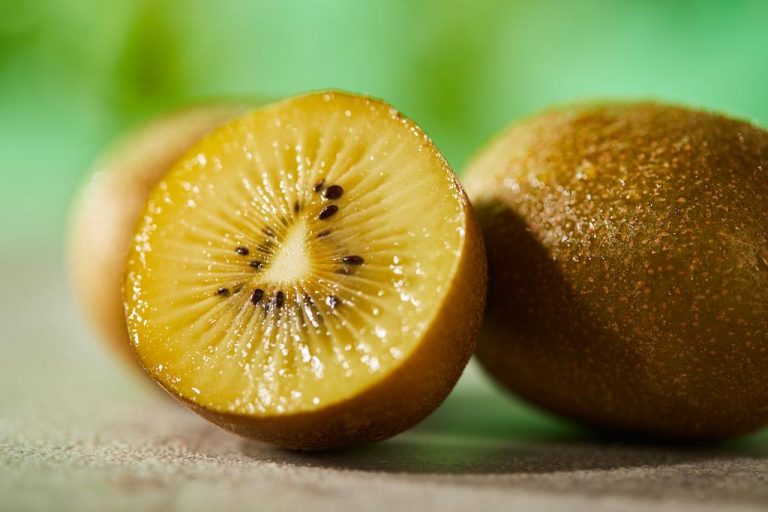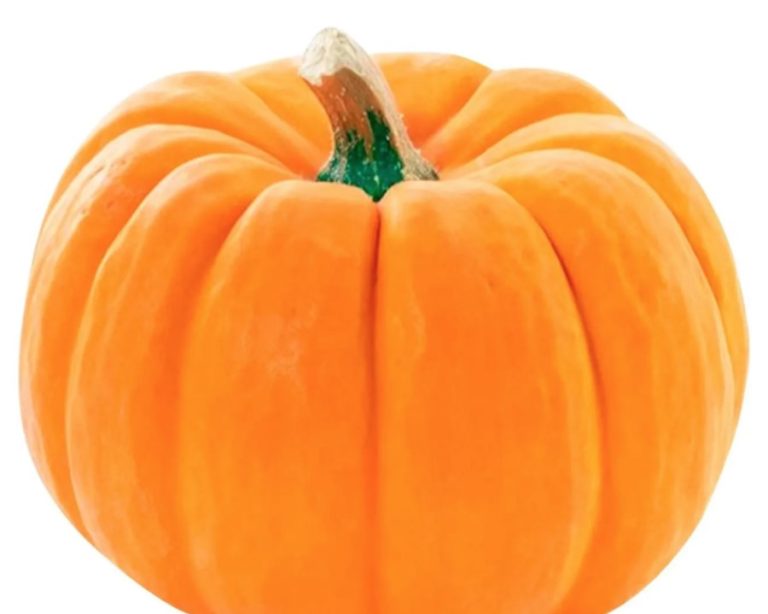Pumpkin is delicious, healthy, often locally grown and always versatile. The processing can be exhausting because the shell is hard. But: With some varieties, you can simply eat the pumpkin skin as well – we’ll show you when to peel the pumpkin – and how.
For most varieties of autumn fruit, pumpkin season in Germany is from the end of August or the beginning of September to November. Since almost all species can be stored well, you can often still get home-grown produce well into spring – you can find all the details in the Utopia seasonal calendar.
Many peel the vegetables and also hollow them out. It’s a shame about the beautiful skin, because you can also eat it with edible pumpkins!
Can you eat pumpkin with skin?

In principle, you can eat almost any pumpkin with its skin on. But since the skin is often very hard, it takes much longer to cook than the flesh until it softens. Therefore, with some varieties and preparation methods, it may be advisable to peel the pumpkin. We have put together an overview of the individual pumpkin varieties for you.
Hokkaido
The Hokkaido is our most popular representative, you can get it in every supermarket. It is round, medium-sized, grooved and bright orange on the outside and inside. There is no need to peel a Hokkaido squash: the squash skin is safe to eat.
It doesn’t matter whether the Hokkaido is baked in the oven, made into a soup or fried: the skin can remain on and, according to some (hobby) cooks, even gives a better aroma than without the skin. But if you want to grate the Hokkaido to make vegetable pancakes or potato pancakes, you should peel the Hokkaido pumpkin, because the roasting time here may not be long enough for the skin to soften.
Butternut
The butternut is also very popular. Quite different from the Hokkaido, it has a pale yellowish smooth skin and is pear-shaped, its flesh is light orange, and it has a subtle buttery flavor. The butternut squash has a very thin but quite hard skin.
Peeling butternut is easy with a potato peeler. Whether it is really necessary or whether you can eat the pumpkin with the skin depends on the recipe. Basically, the butternut shell is edible – but it takes a relatively long time to soften.
If you want to roast the butternut squash in the oven, you can try it with the skin on. Even if you want to cook and puree the butternut for a soup until soft, you don’t necessarily have to peel it. But if you’re just sautéing it for a stir-fry, for example, it’s easier to peel it.
If you don’t want to throw away the peel, you can easily use it to make a delicious vegetable dish: Simply chop, fry or cook until soft – for example with onions, spices and coconut milk.
Basically you can eat butternut with shell. It is only advisable to peel the pumpkin for preparation methods in which it only cooks for a short time.
There is a delicious vegetarian butternut recipe for pasta on the minzgrün blog, you can find one for oven-baked butternut, for example, at Fleckenwohl. There are more recipes with butternut at eatsmarter.de. Here you will find a recipe for pumpkin jam and pumpkin chutney.
Nutmeg squash
The nutmeg squash is round but rather flat, grooved on the outside and usually larger than the Hokkaido or butternut – it can weigh up to 40 kilograms. The skin is green, brownish or orange and the flesh is yellow to orange. Nutmeg has a hard and rather thick skin.
In theory, you can eat the pumpkin with the skin on. However, the skin takes a relatively long time to soften during cooking, so depending on the dish, it may be advisable to peel the nutmeg pumpkin. If it is cooking for a long time (e.g. in the oven or for soup), you can leave the shell on, with shorter cooking times it is better to peel the nutmeg.
To peel the pumpkin or not: other varieties
Although there are actually hundreds of different types of pumpkin, we know two types in particular: Hokkaido and Butternut, and more rarely the larger nutmeg pumpkin. These three varieties alone are versatile and tasty.
But at weekly markets, in well-stocked vegetable and organic shops or at self-service stands on the side of the road, you can find many more pumpkin varieties that you should definitely try. The same applies here: you don’t have to peel many of them.
Patisson:
Small (approx. 10-25 cm in diameter), its shape is reminiscent of a UFO. It is available in yellow, white, green and even two-tone. The Patisson does not keep as long as other varieties. You don’t have to peel it: you can eat this variety well with the skin, very small specimens even in one piece and raw. Patisson is also very suitable for filling and cooking in the oven.
bishop’s cap:
Medium-sized, round, rather flat representative with a cap-like “attachment”, also known as a Turkish turban. Should not be eaten with the skin on. Because of the shape, it is difficult to cut the flesh out of the squash, so it is often cooked hollowed out and filled.

Spaghetti Squash:
Elongated, rather small, with a beige to yellow skin and threadlike flesh. Cook the spaghetti squash whole (pierce the skin first!). You can then cut it in half and pull out the “spaghetti” or just spoon them out of the bowl. We have more delicious spaghetti squash recipe ideas for you.
Yellow hundredweight (giant hundredweight):
Round giant pumpkin with orange skin and yellow flesh that can weigh up to 50 kilograms. Good for desserts – and hollowing and carving for Halloween. Theoretically edible with pumpkin skin, but it is quite hard and is therefore usually removed.
Baby Bear:
Small, round (approx. 10 cm in diameter), with a dark orange, ridged skin and yellow flesh. Good for soups and desserts. The skin is very hard, so it’s better to peel this pumpkin – or scoop out the flesh.
buttercup:
Rather small, round fruit vegetable with a small cap-like top, dark green skin and orange flesh. The skin is very hard, so it’s easier to eat it without the skin, but peeling the squash isn’t always easy. Good for stuffing, casseroles or baking.








